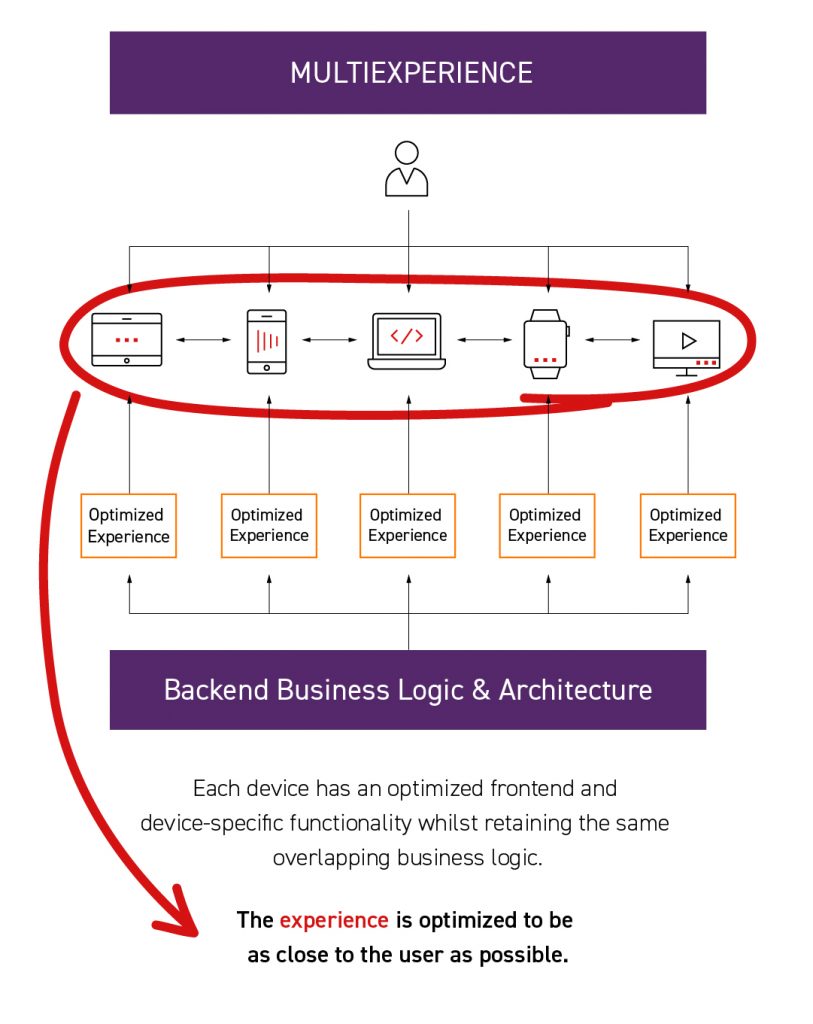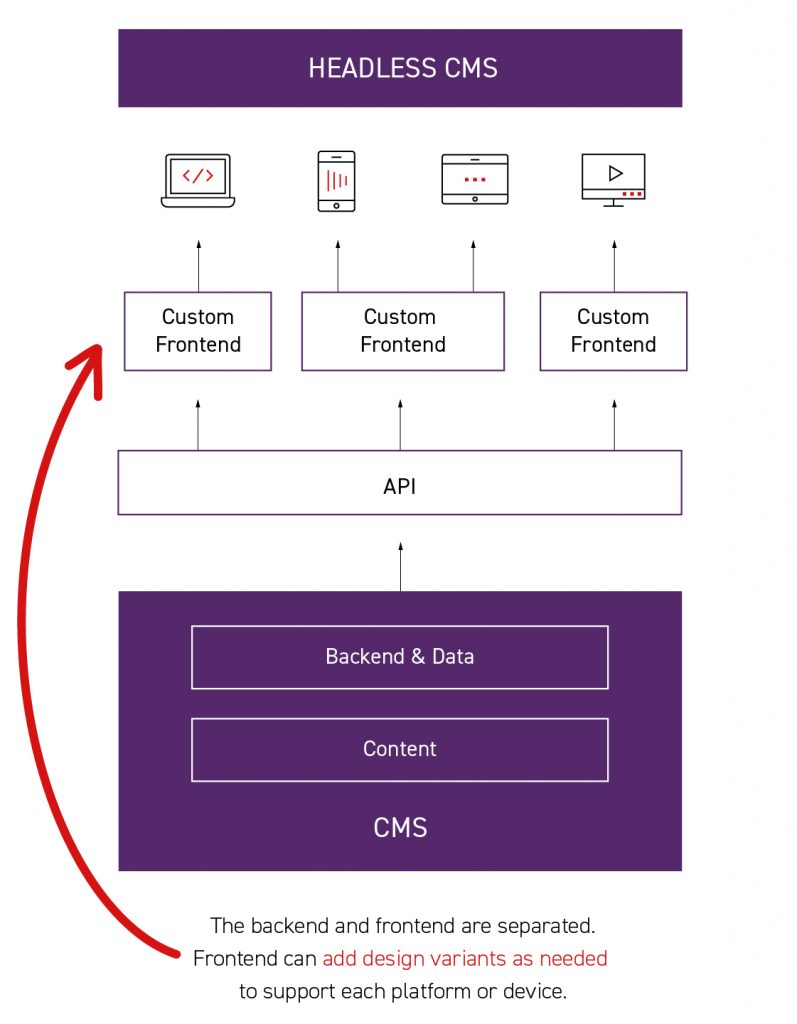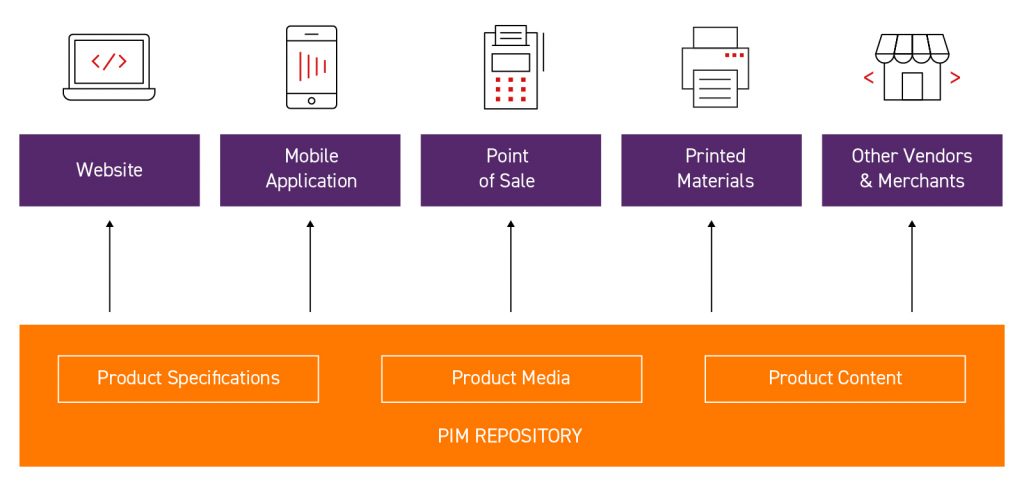A Single Source of Truth / A Key Way To Eliminate Technical Debt
Repetition, inaccuracy and inconsistencies are issues every business wants to avoid. They’re also typical signs of poorly chosen – or poorly used – technologies.
When used right, good technology can eliminate unnecessary repetition, ensure greater consistency and generally improve results over all. At the core of this is often the concept of “A Single Source of Truth” and it’s a great to resolve many technical debt issues, especially in companies that are new to the digital era, having only recently resolved their digital debts.

Well, in reality a company should have a number of such SSoTs, which we’ll discuss here.
What is a Single Source of Truth?
In short, a Single Source of Truth is a source of information that is directly pulled from whenever it is needed. It is a repository or database that is the only source of it’s kind. Any new data, be it files, graphics or pure data, is located within – if it is needed elsewhere in the business, it is pulled directly, never copied.
From a technical point of view, such repositories work best through the likes of API and, where necessary, being decoupled in nature. It’s essential such systems are not closed off and can be connected or accessed by other required systems or teams.

We’ve covered this in the likes of Design Systems, Headless CMS and even Product Information Management, but even data modelling is based around this concept. What’s more, they all utilize the same concepts and one key principle: upload once and only once.
Single Source of Truth Benefits
Because of the added automation, we immediately achieve a number of critical advantages:
- By no longer recreating what already exists, we save time. By eliminating these manual tasks, we free teams up to focus on the more important parts of their jobs.
- It also enables much greater consistency. When copying something over and over, even the tiniest errors can lead to different versions appearing throughout the business. In branding and content, this can be a problem but with data, inconsistencies are nothing short of a nightmare.
- Updates also happen automatically, reflecting changes made in the SSoT. More than saving time, this enables businesses to adapt quickly.
- Everyone knows where to look to find what they need. Of course, a little bit of staff training is always required, but the elimination of silos also simply removes doubts between teams and departments. When there’s a singular source, something either exists or doesn’t.
- It enables better business expansion. Whether it’s multiple brands or multiple channels (in fact, we’d even say that a true multiexperience approach requires SSoTs to work) dedicated repositories remove most of the challenges of expanding.
Which Areas Can Benefit?
SSoTs should be applied to any and all areas of business. However, as we said from the start, a company will likely need more than one SSoT, due to various needs of a typical organization. This includes…
Content
Modern businesses generate a ton of content. The correct uploading and storage of these materials is, of course, essential. However, we can often split content into text-based and media-based categories.
For the former, we can use a range of modern content management systems or digital experience platforms to have all of our created materials in one place. More specifically, with a headless CMS, we can push the same materials to all channels automatically.

For the latter, we have a few options. When it comes to standard media, such as images and videos, then our CMS may also still prove very useful. However, when it comes to our branding and other elements, a Design System will help greatly, as it’s easier for developers to pull from. In both cases, we need to remember the golden rule: upload once, and then pull directly from the source.
Products
If you’re in the e-commerce or retail business, then you likely have a lot of products to manage. These items can very easily appear in multiple places, such as your own materials, those of third party vendors and even marketplaces that you may also operate on.
A Product Information Management system, as we’ve discussed previously, is essentially a CMS for products. Here, the teams responsible for maintaining product information can use the PIM system to update products, add new language versions and more, while the teams that need this information simply have to connect to the PIM, knowing that it will take care of the rest.

Data
When every department uses its own systems and solutions, it’s harder for information to be shared as needed. Classic examples can include the likes of sales and marketing, or HR and accounting. All need to work alongside others, but can easily create their silos.
For example, creating a ‘golden view’ of a customer is essential to maximising business insights. However, if your company has different departments, or even brands, it’s possible the same customer appears in different places. Having a singular profile or view would help better understand this customer within your organization.
What’s more, information can also get lost between systems, especially if it’s done manually. It can also generate inaccuracies when information isn’t updated on all sides – a Single Source of Truth would be an ideal solution. And that’s essentially what Master Data Management is – creating one master database or data warehouse to directly pull from.
With business intelligence and other data tools, we can create multiple reports based on the same original data. This way, every department or team gets the information they need, knowing they’re all working on the same information.
When an SSoT isn’t an Option
However, it’s not possible for everyone part of the business to use the same software: different departments need their own tools to get the best results. But what we can do is focus on the interconnectivity of those solutions.
System Integrations (specifically Enterprise Service Buses) serve to connect all business systems together, through automation where possible, to ensure such problems don’t occur. Through this, when information is updated in one area, the Service Bus updates the master records and the change is automated elsewhere, essentially creating a SSoT anyway 😉








